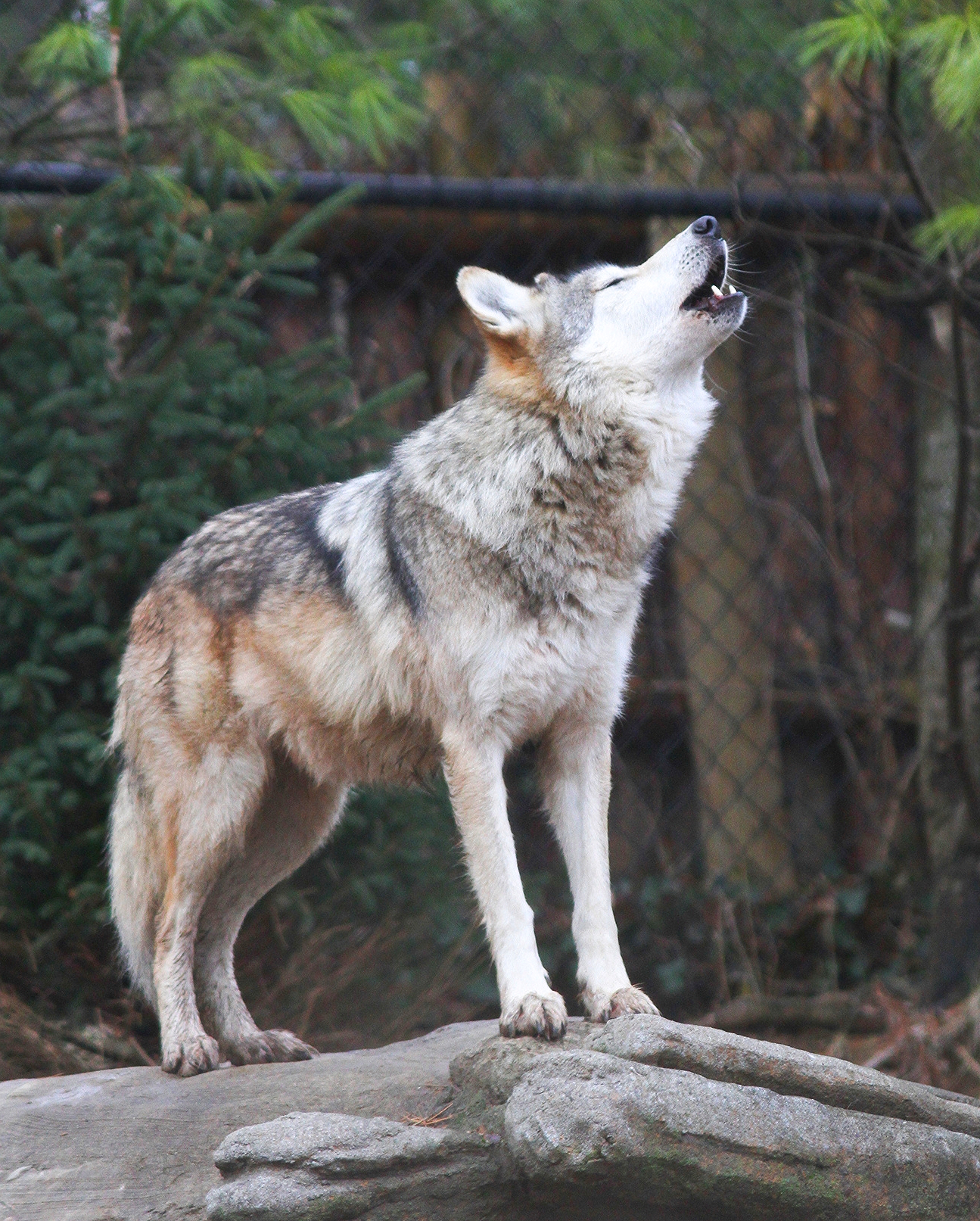Go Lobos! (We Hope)
/Meet the lobo, also known as the Mexican wolf or Canis lupus baileyi. This is the Southwest’s subspecies of gray wolf, and unlike its relatively stable cousins up in Canada, it’s struggling to survive. Although a Mexican wolf serves as the mascot at the University of New Mexico, there are more fans at a given football game than there are lobos alive on the planet.
Lobo packs once thrived from Arizona through to Texas and down into Mexico, but Manifest Destiny had a different vision for that territory. In the 1800s Anglo pioneers cleared plains and forests of wolves’ natural prey (particularly ungulates like elk) and converted expanses of the Southwest into predator-free farms. In just a century, ranchers’ active hunting, trapping, and poisoning nearly drove the Mexican wolf to extinction; the species was completely wiped out of New Mexico in the 1920s.
Fortunately, lobos fared slightly better south of the border. In 1976 the Mexican wolf was listed under the Endangered Species Act, paving the way (or rather, clearing an environmentally-friendly trail) for the U.S. government to collaborate with Mexico in the creation of a captive breeding program. The Mexican Wolf Recovery Plan kicked things off by capturing half a dozen wolves in northern Mexico, and within twenty years the captive population was bred up to 178 individuals. In 1998 the first batch of captive-bred wolves was released into Arizona’s new 7,000-square-mile Blue Range Wolf Recovery Area. Since then lobos’ numbers have continued to grow in both zoo habitats and their natural habitat. Between the U.S. and Mexico, there are currently about 110 Mexican wolves out in the wild and another 300 or so in captivity—a significant improvement from the single digits of forty years ago.
A species’ survival depends on more than sheer numbers, though. The critical question today is whether the wild lobo population has enough genetic diversity to last in the long run. There are currently 97 wild Mexican wolves in the U.S., and every last one descended from the same seven forbears back at the program’s inception. According to population geneticist Rich Fredrickson, they’re all as closely related as siblings: if these wild wolves continue to mate with each other, their inbreeding will only weaken their genetic strain.
The goods news is that more genetic diversity exists in the larger captive population. The bad news is that ranchers and hunters have put up a hefty political fight against releasing additional captive wolves into the wild in recent years. And the more time passes, the less chance we have of diversifying the wild population before it dilutes its own genes down to an unhealthy homogeneity.
The Lobo howl may sound strong around UNM events, but the fate of flesh-and-blood lobos hangs in the balance as state game commissions duke it out with environmental conservationists and snarky op-ed writers. As Defenders of Wildlife noted in a recent blog post, “the wolves enjoy polling numbers that any politician would envy. But the game and fish commissions and governors are not listening, and the U.S. Fish and Wildlife Service has been under immense political pressure from Arizona and New Mexico in particular to keep the population small.”
Back in the 1800s a combination of anti-wolf prejudice and anti-wilderness hubris prompted ranchers to fear lobos and feel they had a right to exterminate their packs. Nowadays we know that, in addition to being beautiful animals in their own right, they generally avoid humans and play an important role in regional ecosystems. If you’d like to make your howl heard in support of lobo conservation, click through to the Defenders’ site and ask Interior Secretary Sally Jewell to authorize the release of more captive-bred wolves to diversify and strengthen the wild population.
This post was brought to you by the U.S. Fish and Wildlife Services, Science magazine, and the inspirational lobo named Apache that I got to glimpse in his habitat at the Albuquerque BioPark.




